Richimanggo - Aewol Branch (리치망고 애월)
2.8Km 2021-03-24
272, Aewolhaean-ro, Jeju-si, Jeju-do
+82-70-4243-5959
You can enjoy a mango drink while looking at the beautiful scenery. The best menu at this restaurant is mango juice. This cafe is located in Jeju-si, Jeju-do.
Hagwi Aewol Coastal Road (하귀애월해안도로)
3.1Km 2022-06-13
445-3, Gonae-ri, Jeju-si, Jeju
+82-64-740-6000
Located merely 10 kilometers from Jeju Airport, the Hagwi Aewol Coastal Road is a hidden gem among Jeju travelers. The coastal road starts at Gamun-dong Port in Hagwi-ri and follows the sea and passes ocean view cafes and pensions. The road is also part of Jeju Olle Trail 16 and is a famous bike riding and trekking spot.
Geumsan Park (Nabeup Subtropical Forest Zone) (금산공원 (납읍난대림지대))
3.3Km 2022-12-29
Nabeup-ri, Jeju-si, Jeju-do
+82-64-740-6000
Geumsan Park is a dense evergreen forest near a village in Aeweol-eup, Jeju-si. The forest is the sole evergreen forest remaining in the flatlands of western Jeju, and is home to tall evergreens and 60 species of subtropical plants. The forest is preserved and protected as a Natural Monument and a natural resource for academic research. Collecting plants and hunting in the forest are strictly prohibited.
Eondeokjip Guksu (언덕집국수)
4.6Km 2025-01-22
494 Aewolhaean-ro, Aewol-eup, Jeju-si, Jeju-do
The restaurant carefully prepares gogiguksu using Jeju’s traditional cooking methods. It uses a rich broth simmered for 52 hours from Jeju pork bones. The tender meat, topped as a garnish, is Jeju heukdwaeji sous-vide-cooked for 7 hours.
Hallim Traditional 5-Day Market (4th and 9th) (한림민속 5일시장 (4, 9일))
5.4Km 2024-12-27
Hallim Traditional 5-Day Market is the largest market in the western part of Jeju (Hallim and Aewol) and is responsible for providing food, clothing, and shelter for Jeju locals. There is a store that sells bingtteok (buckwheat crepes with radish filling), Jeju's traditional food and dessert. There are many restaurants with Jeju vibes, including shops selling omegi tteok (millet rice cake). Hallim Traditional 5-Day Market is an ideal place to enjoy the local atmosphere and food. The market opens on dates ending with 4 and 9.
Noeully (노을리)
6.0Km 2024-01-31
656 Aewolhaean-ro, Jeju-si, Jeju-do
Noeully is a dessert café located in Gueom-ri, Aewol-eup, Jeju-si. The entrance and interior are decorated like a bus stop and a glass greenhouse, respectively, allowing visitors to enjoy tropical plants and the ocean view. It consists of a rooftop café on the second floor and a sky garden on the third floor, as a no-kids zone except on the first floor. Chairs and tables face the sea for an open view of the Jeju sea and sunset, making this café a popular spot to visit for taking photos to post on social media. One of the charms of Noeully is that visitors can enjoy flowers here all year round, such as mustard flowers, hydrangeas, sunflowers, cosmos, and buckwheat flowers. The representative menu item is Briquette bread, a briquette-shaped glutinous rice bread filled with strawberry jam. In addition, the menu includes a variety of drinks, coffee, scones, and cookies.
Jeju Olle Trail - Route 15 (Hallim - Gonae Olle) ([제주올레 15코스] 한림-고내 올레)
6.2Km 2021-06-14
196, Hallimhaean-ro, Jeju-si, Jeju-do
+82-64-762-2190
Route 15 runs through a deep forest to the mid-mountainous area. The mountainous area provides a view of crop fields, forest, and dirt roads. Geumsan Park is the hidden gem of the trail. The trail ends at Gonaepogu Port, providing a chance to see all the different sections of the island.
Hallim Port (한림항)
6.2Km 2024-11-07
192 Hallimhaean-ro, Jeju-si, Jeju-do
◎ Travel information to meet Hallyu’s charm - "Our Blues"
It is also called the North Breakwater of Hallim Port because it is located in the northern part of Hallim Port. It was the place where Min Seon-ah (played by Shin Min-a) tried to end her life by throwing herself into the water. It extends for about 1,500 meters toward the sea, so you can enjoy the feeling of walking on the sea. On days when the sky is clear and the sea is calm, the sparkling water surface is even more dazzling. If you walk while watching the fishing boats come and go from the port, you will reach the end of the breakwater where you can see the white lighthouse and Biyangdo Island. It takes about 30 minutes on foot.
CU - Jeju Hallimhang Harbor Branch [Tax Refund Shop] (cu제주한림항점)
6.3Km 2024-06-27
160, Hallimhaean-ro, Hallim-eup, Jeju-si, Jeju-do
-
Sogilbyeolha (소길별하)
6.5Km 2024-10-18
34-37 Sogillam-gil, Aewol-eup, Jeju-si, Jeju-do
The previous bed & breakfast operated by Lee Hyori has been recreated into Sogilbyeolha, a shop selling local brands of Jeju. The various rooms and select items used in "Hyori's Bed & Breakfast" are now showrooms for the brands sold here. The shop is operated with limited admission, with reservations required to get in.
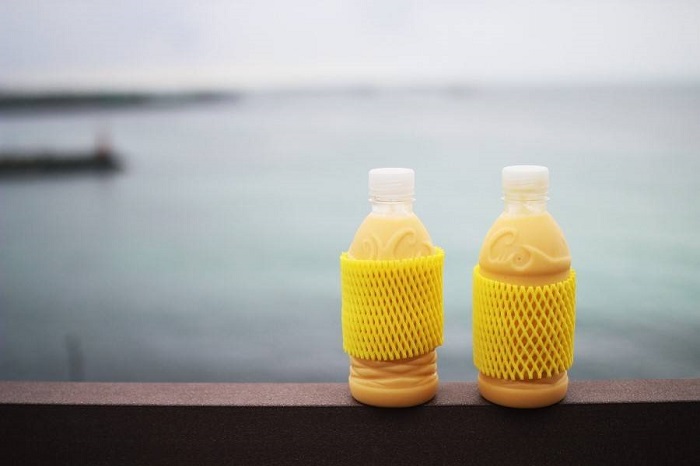
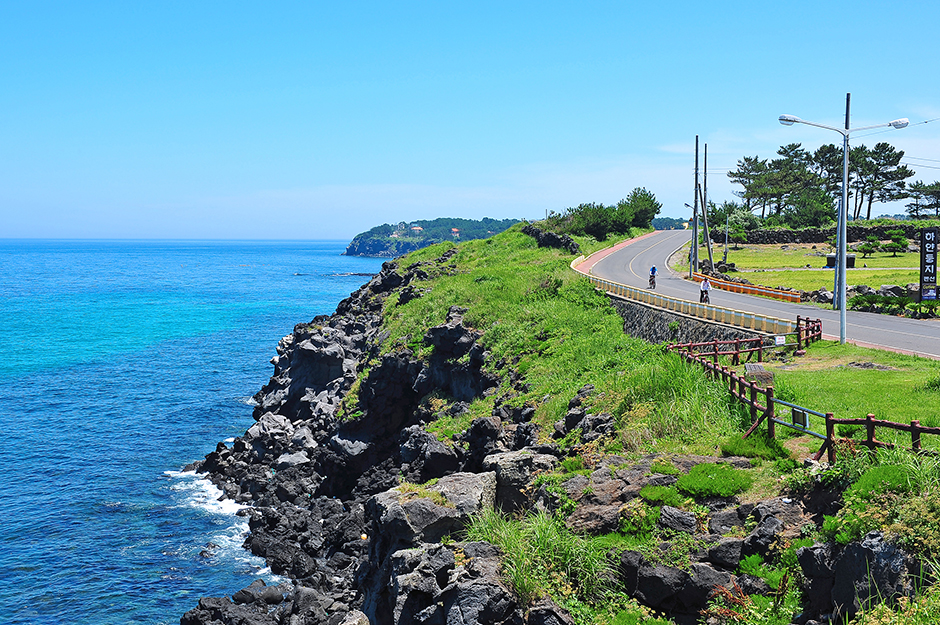
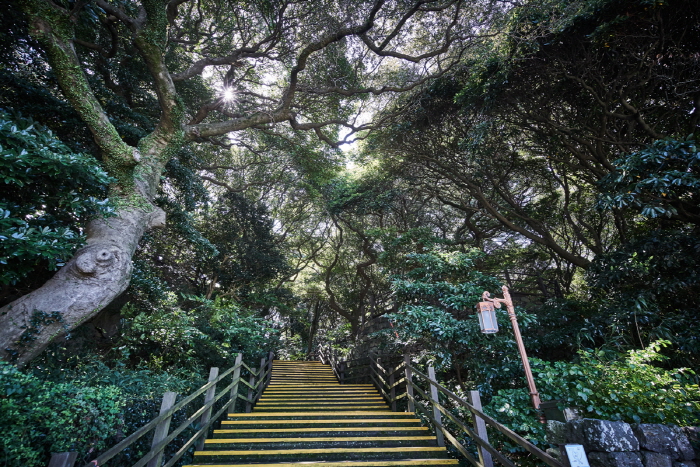

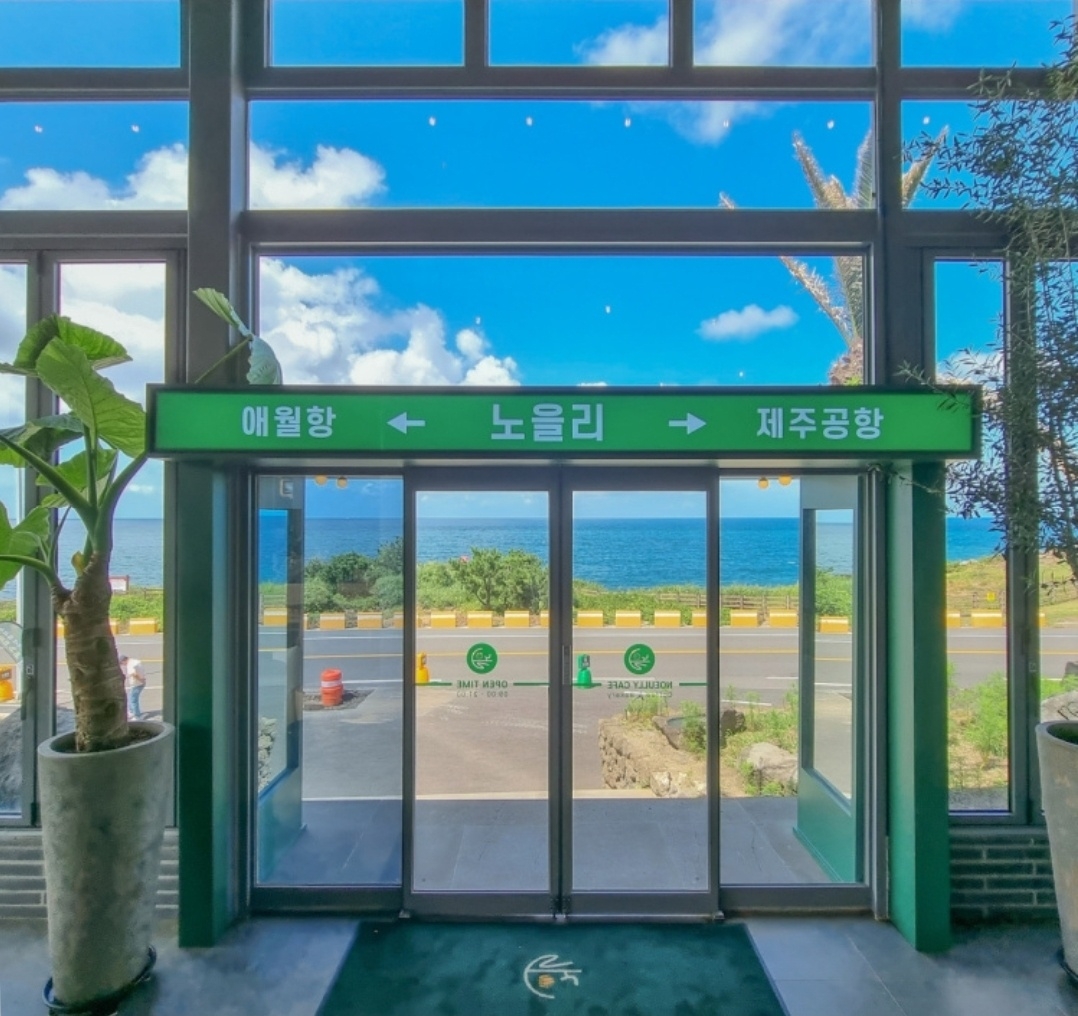
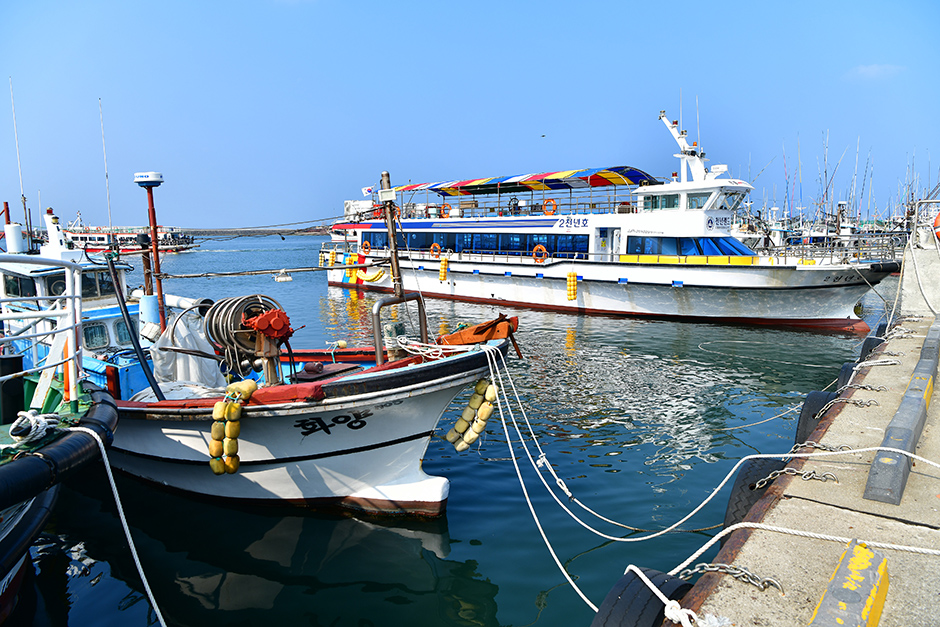
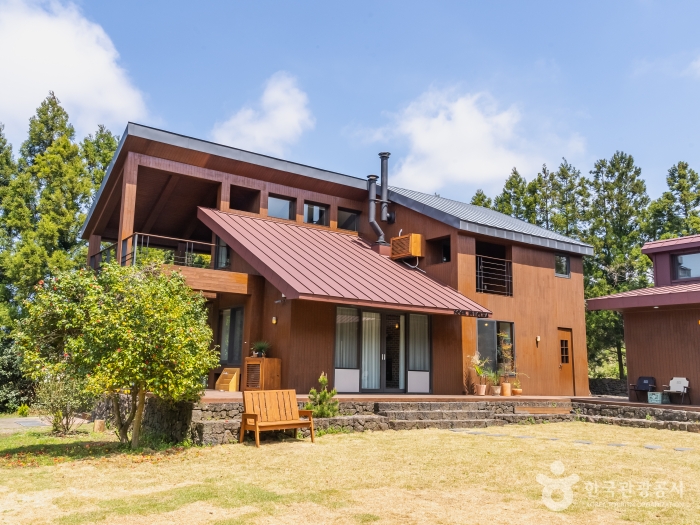
 English
English
 한국어
한국어 日本語
日本語 中文(简体)
中文(简体) Deutsch
Deutsch Français
Français Español
Español Русский
Русский